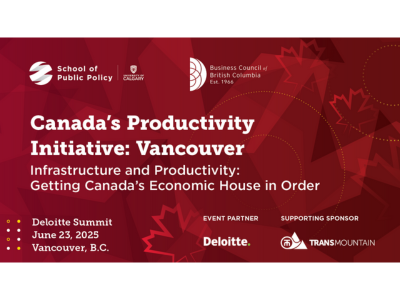Blogs are opinion pieces and reflect their author’s views
The Theory and Evidence Concerning Public-Private Partnerships in Canada and Elsewhere
The popularity of Public-Private Partnerships (PPPs), as a way for governments to get
infrastructure built, continues to grow. But while the public is often led to believe that this
is because they result in a more efficient use of taxpayer funds and a more streamlined
process, this is not necessarily the case. In fact, the clearest advantage that PPPs offers
is to politicians, who are able to transfer to private partners the risks of miscalculated
construction costs and revenue projections (as with a toll road, for example). For taxpayers,
the deals can often work out worse than if the government had simply pursued a fixed-
price design-build Public Sector Alternative (PSA) arrangement.
Even from the very start of the process, there are often a limited number of private consortia
equipped to bid on major PPPs, which already leads to the potential for bidders to build
in higher profits, and thus, higher costs for taxpayers. Nor are these private consortia
oblivious to the risks they assume; they must therefore build into their bid an effective
“insurance premium” to account for unforeseen delays and increased costs. The use of
private debt to finance construction further inflates prices over a government’s lower cost
of capital.
To an incumbent government, a key advantage of PPPs is the ability to avoid upfront costs,
and let the private consortium arrange financing until the project is complete, allowing
politicians to take the credit for new infrastructure while passing future maintenance and
operating costs off onto future politicians, taxpayers and/or users. This, however, only
provides both the incentive and bookkeeping artifice — since costs are incurred off the
government’s current balance sheet — for governments to build more infrastructure than
might otherwise be justified.


